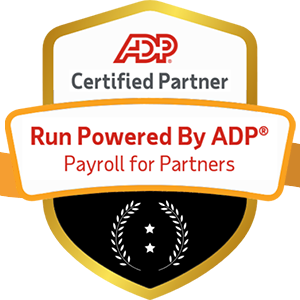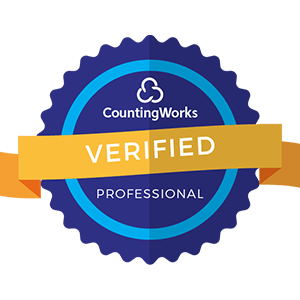
The COVID-19 pandemic has uprooted the traditional workplace and continues to cause uncertainty for workers around the globe. Employers must decide whether a return to the office is feasible and whether employees are willing to make the transition back to an in-person workplace.
Employees may experience severe reentry anxiety when they’re required to return. Reentry anxiety refers to workers’ nervous or stressful feelings about safety guidelines, scheduling, and the pandemic in general when reentering the workplace.
They may worry about their physical well-being and mental health when faced with such uncertainty and the potential dangers of being near others. They may also fear another upsurge in the virus that will force significant changes to their work schedule once again.
There are steps you can take as an employer to ease reentry anxiety for your employees. Here’s a guide to the key factors to pay attention to when planning and five tips for helping workers make the transition.
Most employees had to make a big change in the spring of 2020. They may have shifted to a full work-from-home arrangement or even lost their job. Workers may be understandably cautious about any new work situation you throw at them. Here are a few of the key factors that cause reentry anxiety:
It’s no surprise that employees will have concerns about their health and safety during an ongoing global pandemic. A Glassdoor survey found that, even though most workers are eager to return to the office, 89% of employees are concerned about the details, with 35% worried about getting COVID-19. Employers are tasked with ensuring that they address these concerns and implement adequate safety protocols before requiring anyone to return to in-office work.
With any serious worry comes stress and uncertainty. Employees may have lots of anxiety about a return to the workplace, and that can impact their mental health. A crucial component of a transition should be providing them with resources and support for their anxiety and other mental health struggles.
Many employees may be unsure how everything will work logistically. Perhaps their children are still planning to learn from home, and they don’t know how they will find child care if they’re not working at home too. Commutes may be different, or they may prefer a change in work schedules.
They may also be concerned with requirements like wearing a mask or social distancing all day. Companies need to be open to new arrangements and not expect everything to be the same as it was before the pandemic.
Addressing these concerns will take lots of planning and plenty of adjustment time. Employers should be flexible and ready to pivot based on what happens with the pandemic and what will make their employees feel the most comfortable and satisfied.
.jpg?width=900&name=Untitled%20design%20(25).jpg)
There are simple things you can do as an employer to support your workers through these challenging times. It just takes an open mind and the right strategy. Here are a few tips to help employees with reentry anxiety:
The right communication plan goes a long way with employees. Convey that you are taking the pandemic, safety precautions, and their concerns seriously. This should be an ongoing commitment that you back up with detailed plans, regular updates, and opportunities for feedback and discussion.
Your best bet is to strictly follow the guidelines released by the CDC and other health organizations. This shows employees you’re implementing doctor-recommended measures in the workplace and aren’t just winging it. Procedures may include regular testing, sanitizing schedules, allowing sick employees to stay home or take leave, requiring masks, and providing plenty of PPE at work.
It’s wise to show your support by offering employees flexible options. Perhaps you’ll be staggering the work schedule, accepting part-time remote work, or allowing them to choose what they prefer to do. Giving them more choice and keeping a flexible mindset will help them feel empowered and comfortable with work moving forward.
Never has it been more important to focus on mental health. Make sure employees know where they can go if they’re experiencing any struggles or issues. Provide resources to counseling centers. Give them free access to meditation apps or yoga classes. Let them know they can take a personal day if it all becomes too much. Encourage them to maintain a healthy work-life balance.
Make it clear why you’re asking them to return to the office. Employees may become frustrated or stressed if they don’t understand or they think there’s no good reason for it.
Emphasize what they will get out of returning and the benefits it may bring them and the company. This is also a great opportunity to check in and make sure that a requirement or option to return is actually warranted.
The pandemic has shown businesses that routines they’ve long depended on can change in an instant. Remember to keep a flexible mindset regarding reentry anxiety and to continue to show compassion and empathy for your employees.
Make sure you are supporting your employees effectively as they face reentry anxiety. This may mean pivoting to new software adoption and embracing technology that makes work more efficient.
You need the right solutions for HR services, like payroll management, to keep taking care of employees in or out of the office. Ignite HCM provides ADP payroll support services, including ADP software implementation, software optimization, payroll processing, and compliance and audit response. Contact Ignite HCM for help with your payroll management and HR optimization needs.


